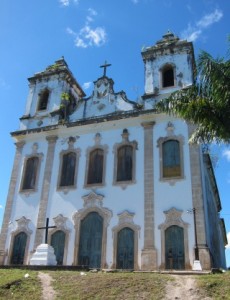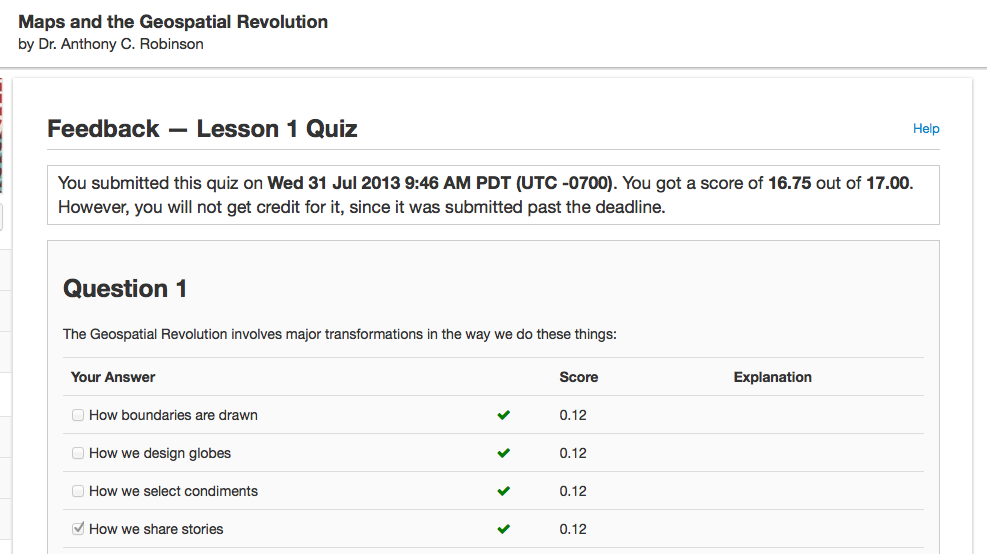Now that the threat of wildfire has abated (80% contained!), and with the kids in Y camp this morning (one more week until school starts!!!!), I can get back to work.
I’m working on my timeline for the (too many?) projects I want to accomplish this year.
Central Research Projects
1. I’m completing a R&R (revise and resubmit) on two journal articles (one on Bahian novelist Anna Ribeiro de Goes Bittencourt, and a second on gender and violence in 19th c Brazil). The comments I received were helpful (new readings to consider, suggestions on how to better frame my analysis and make my argument more precise), and I’d like to turn these around in the next month. I spent a lot of time collecting and copying materials for the revision in May, so hopefully I added the right files and notes to Zotero.
2. I’m updating and expanding my Mapping Bahia website. I have two main goals for this. First, I’m going to integrate some dynamic maps into my studies of Santiago do Iguape parish (Website Stage II). I received a College of Wooster Luce grant that funded me a research trip to Bahia last summer to photograph key sites. I’m going to geotag my photos, and apply “deep mapping” techniques to integrate a spatial dimension to my web project, enriching site visitors’ understanding of the social and cultural world of Bahia.
The next stage of my website expansion (Stage III) will be the incorporation of a second Bahian household census: the population records for São Gonçalo dos Campos. I know something about São Gonçalo’s population from B. J. Barickman’s excellent Bahian Counterpoint, but this will be my first chance to work with the manuscript! After more than a decade out of circulation – the 19th c manuscript was too damaged to be consulted – the team at the Arquivo Público do Estado da Bahia have painstakingly restored the census and made it available for researchers.
Manuscript transcription and database coding is a tedious process. I plan to work on the manuscript for an hour a day until I’m finished. Any more than that, and I’m reduced to mumbling and not fit for civilized company…
My goal is to have stage II completed by January 2014, and Stage III by March 2014.
3. I’m preparing a new article analyzing concepts of race and slavery in 19th-century Brazil. At the Brazilian Studies Association (BRASA) Conference in September 2012, I presented my preliminary research on Dr. Pedro Luiz Napoleão Chernoviz’s depictions of race and health. Dr. Chernoviz’s 1842 Diccionário de medicina popular was one of the best selling books in 19th century Brazil, selling 3,000 copies for the first edition, and going into an additional five Portuguese editions. While the notions of disease and treatment contained in the domestic guide reflect Chernoviz’s medical training in Montpellier, he also makes claims of medical expertise based on local experiences treating a wide variety of patients in Rio de Janeiro. My research examines Chernoviz’s guide as a lens to contemporary Brazilian ideas of disease, bodily systems, and cures. These questions are important because of what they reveal about Brazilian slavery, but also because they clarify the circulation of medicine knowledge and the construction of imperial science in the Atlantic world.
I have some more primary source research to do to place Chernoviz in historical context. I’m planning a visit to the Wellcome Library to use their excellent collection of 19th c manuscripts. I’m still working out the timeline for this research trip.
4. I’m working on turning my dissertation into a book manuscript. Hmm, I’m not ready to talk much about this process yet. I’m with Mark Slouka on this one. After eight years of teaching comparative slavery, I can see that I need to do a lot of reshaping for an undergraduate audience.
Fun side projects:
5. I’m devoting more time to sharpening my DH skills. To get started, I’m taking Dr. Anthony C. Robinson’s engaging (and entertaining!) Maps and the Geospatial Revolution. Robinson is a great spokesperson for spatial analysis, and how to create dynamic maps that provide insight into historical and contemporary problems. While I’ve played with the desktop version of ArcGIS, this course is a great intro to the online version.
I’m behind on my coursework (this is a good rejoinder to my few students who don’t get that is worth learning new things, even if you don’t get official “credit”), but this time I won’t be a MOOC dropout!
6. Inspired by the Wikistorming Project, I want to become a Wikipedia editor to make sure that more Latin American women (and especially women of color) are included. To just name a few examples, it is surprising to me that there aren’t English entries for Pagu, Anna Ribeiro de Goes Bittencourt, Maria Teresa Tula, Eufrásia Teixeira Leite, and the Federação Brasileira pelo Progresso Feminino. And many other promising stub articles (Carolina Maria de Jesus, Benedita da Silva, Micaela Bastidas, Francisca Senhorinha da Motta Diniz, Ana Néri, Berta Luz, and the Irmandade da Nossa Senhora da Boa Morte) need citations and further fleshing out. Please let me know in the comments if you have more suggestions, or if you’d like to team up on this endeavor! My colleague Dr. Mark Wilson has long been a proponent of scholars contributing to Wikipedia, but it has taken me a while to overcome my initial anxieties about the site and embrace the chance to make sure that the history it presents is more inclusive and follows scholarly standards for citations.
7. Next February, I will be a visiting scholar in the Centre for Historical Studies at Jawaharal Nehru University in New Delhi. I’m very excited about this opportunity to share ideas with their faculty and students. The series of lectures on Indian history and politics I attended at JNU in 2007 pushed me intellectually, and gave me new insight into the comparative history of colonial and post colonial societies. We were lucky to have the historian Dr. Sucheta Mahajan as a visitor at Wooster last fall. I look forward to working more closely with her and her colleagues.








